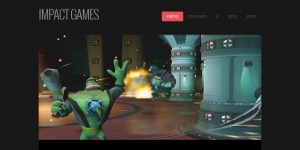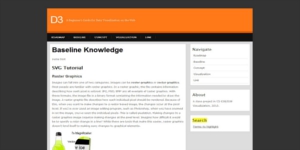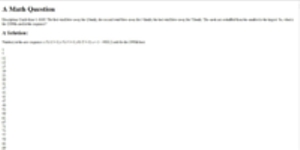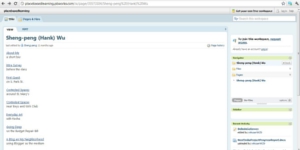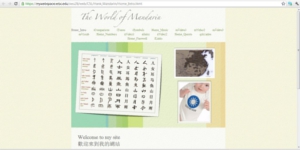Sites
I am always intrigued by learning more about web design and programming. In 2009, I started taking Division of Information Technology (DoIT)'s student software training sessions, and I was introduced to some really helpful online resources like W3 Schools and Lynda.com to learn HTML, CSS, Dreamweaver and Photoshop techniques to design static websites. In 2010 I was selected to take DoIT's summer training camps on Web Design I & II to learn more about NetBeans IDE, Fireworks, Notepad++, PHP, MySQL, XAMPP, Javascript and AJAX to incorporate scripting languages and basic databasemanagement in designing dynamic websites. Later in 2011 and 2012 I took Computer Graphics courses with Professor Michael Gleicher and learned even more from the instructor and fellow classmates in computer sciences about JavaScript, emacs, WebGL, 3Ds Max, github, C++, openGL, SVG, jQuery, Google Charts, D3 and Stack Overflow. I have also self-trained to create Flash games with ActionScript 3, and gained knowledge on Visual Studio, SQL Server, FileMaker, Google Sites, Camtasia, ScreenOverflow, Firebug and operating systems at work. I am positive it will be an ongoing lifelong project for me to keep working on building more intriguing online games, sites, graphics, videos, tutorials, and interfaces for effective and engaging teaching and learning.
